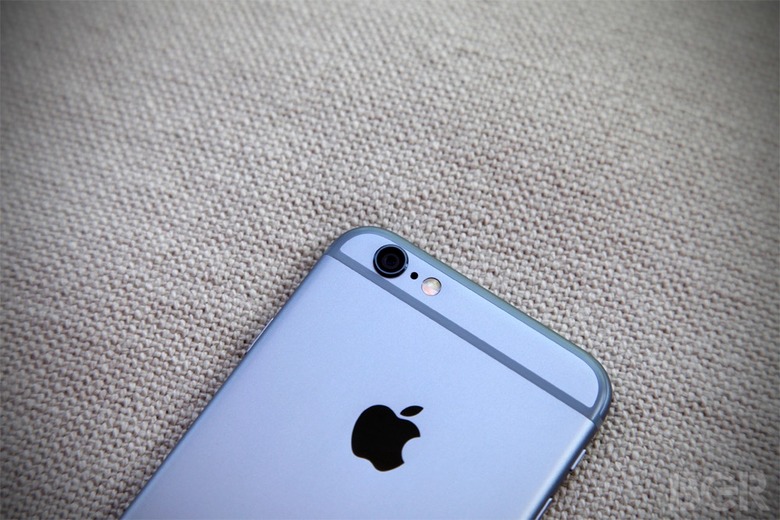New Patent Shows How Bending iPhones Could One Day Be A Feature, Not A Bug
Apple appears to be very much interested in iPhones with flexible displays that could be folded into smaller devices without breaking. The company on Tuesday was awarded a patent for "Flexible electronic devices," AppleInsider reports, which was filed all the way back in late September 2011.
FROM EARLIER: LG unveils its most powerful smartphone yet: The G Flex 2
The company has yet to launch an iPhone with a flexible display or chassis, but the patent seems to indicate Apple has put plenty of thought into such devices. The patent describes various aspects of such a device, including type of display, circuit boards, sensors, motors, speakers, batteries and materials.
Unlike existing iPhones that are made from metal and glass, a flexible smartphone would be built using plastic, glass, fiber composites and other materials capable of offering increased resistance during day-to-day regular use.
"Flexible electronic devices may be more resistant to damage during impact events such as drops because the flexible device may bend or deform while absorbing the impact," Apple wrote. "Deformation of this type may increase the duration of an impact thereby reducing the impulse received by other components of the flexible device."
Such a flexible iPhone would also include stable components, allowing the user to bend the device in a certain direction, and thus transform the device's shape into something different than the usual candybar format seen in current iPhones and other smartphones.
In addition to means of building such a device, Apple also describes new ways of interacting with a flexible iPhone, including support for recognizing various force-based gestures that could trigger certain actions.
Apple's competitors have already released devices with curved displays, including Samsung and LG, both having launched at least two such devices each, including the Samsung Galaxy Round, the Samsung Galaxy Note Edge, the LG G Flex and the LG G Flex 2 — the latter was unveiled on Monday at CES 2015.
More images from the patent follow below, with the full document available at the source link.
